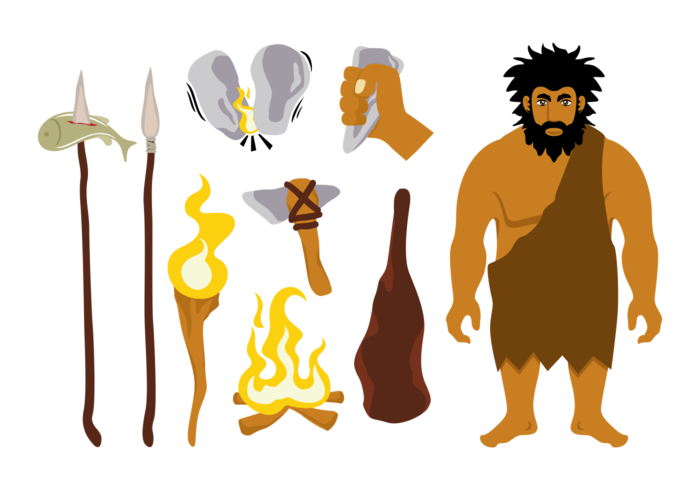
While working on new features and prototypes, it always makes my life much easier if I can visualize what is happening on the screen, for example: visualizing the result of a raycast or the pivot of a sprite. For that, I’m using primitives with the following simple code snippets:
// rectangles
public static Texture2D CreateRectangle(int size, Color color)
{
Texture2D rect = new Texture2D(GraphicsDeviceManager.GraphicsDevice, size, size);
Color[] data = new Color[size * size];
for (int i = 0; i < data.Length; ++i)
{
data[i] = color;
}
rect.SetData(data);
return rect;
}//drawing circles
public static Texture2D CreateCircle(int diameter, Color color)
{
Texture2D texture = new Texture2D(GraphicsDeviceManager.GraphicsDevice, diameter, diameter);
Color[] colorData = new Color[diameter * diameter];
float radius = diameter / 2f;
float radiusSquared = radius * radius;
for (int x = 0; x < diameter; x++)
{
for (int y = 0; y < diameter; y++)
{
int index = x * diameter + y;
Vector2 pos = new Vector2(x - radius, y - radius);
if (pos.LengthSquared() <= radiusSquared)
{
colorData[index] = color;
}
else
{
colorData[index] = Color.Transparent;
}
}
}
texture.SetData(colorData);
return texture;
}Drawing a line in MonoGame is a bit trickier, I was not able to find an easy way to create a Texture2D for it, so I’m just going to share the code I’m using to render a line:
public class Line
{
private Vector2 Origin;
private Vector2 Scale;
public Vector2 From;
public Vector2 To;
private Vector2 fromSaved;
private Vector2 toSaved;
private Color color;
private float thickness;
private float angleRad;
private float length;
public Line(Vector2 from, Vector2 to, Color color, float thickness = 1f)
{
this.From = fromSaved = from;
this.To = toSaved = to;
this.thickness = thickness;
this.color = color;
Sprite = CreateRectangle(1, Color.White);
length = Vector2.Distance(from, to);
angleRad = AngleFromVectors(from, to);
Origin = new Vector2(0f, 0f);
Scale = new Vector2(length, thickness);
}
public Line(Vector2 from, float angleRad, float length, Color color, float thickness = 1f)
{
this.From = fromSaved = from;
this.thickness = thickness;
this.color = color;
// see the function about creating rectangle
Sprite = CreateRectangle(1, Color.White);
this.length = length;
this.angleRad = angleRad;
To = toSaved = EndPointOfLine(from, length, this.angleRad);
Origin = new Vector2(0f, 0f);
Scale = new Vector2(length, thickness);
}
// call this if you want to dynamically change where the line ends, for example to see an intersection of a raycast result
public void SetEnd(Vector2 end)
{
To = end;
length = Vector2.Distance(From, To);
angleRad = AngleFromVectors(From, To);
Scale = new Vector2(length, thickness);
}
public void Reset()
{
From = fromSaved;
To = toSaved;
length = Vector2.Distance(From, To);
angleRad = AngleFromVectors(From, To);
Scale = new Vector2(length, thickness);
}
public static Vector2 EndPointOfLine(Vector2 start, float length, float angleRad)
{
return new Vector2(start.X + length * (float)Math.Cos(angleRad), start.Y + length * (float)Math.Sin(angleRad));
}
public static float AngleFromVectors(Vector2 v1, Vector2 v2)
{
return (float)Math.Atan2(v2.Y - v1.Y, v2.X - v1.X);
}
}
Email : lajbertgames@gmail.com
Website : https://lajbert.github.io